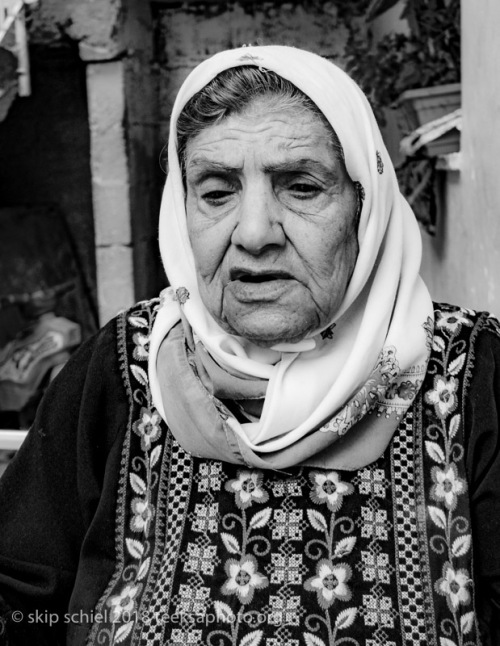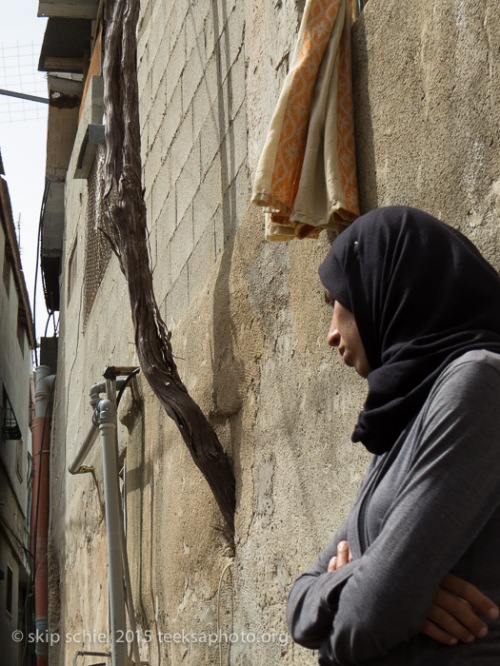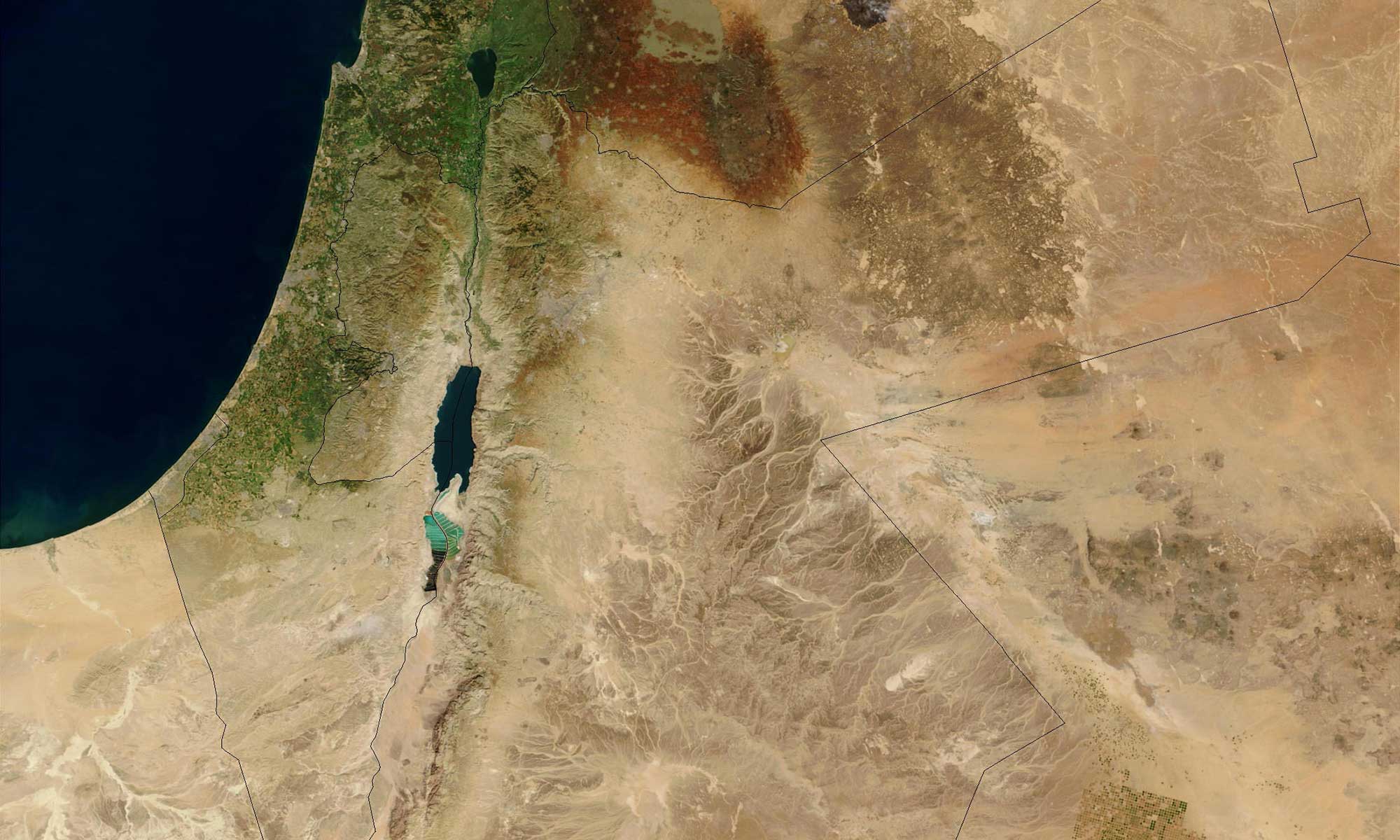By Skip Schiel (March 11, 2019)

I have widened my 16 year Palestine-Israel photographic project by locating, interviewing, and photographing Palestinians living in yet another of their many diasporas, this one internal, meaning in the Occupied West Bank of Palestine. In the fall of 2018 I photographed 15 Palestinians, most first-generation refugees, some second, third, and fourth generation. I’ve also photographed their original regions, their sites of expulsion where many had provably lived for multiple generations, now in Israel (or what’s called 1948 Israel to indicate the occupation). The first generation Palestinians suffered the Nakba in 1948, the Palestine Catastrophe, coincident with the formation of the Israeli state.
Palestinians are one of the world’s peoples longest colonized—since 1948 by Israel during the Nakba, later thru the occupation of the West Bank in 1967, and most recently by the blockade of Gaza in 2005—and living in external diaspora—Jordan, Syria, Lebanon, Scandinavian countries, and elsewhere including the United States. Since 2003 I’ve photographed regularly in Gaza, the West Bank, and Israel to depict their conditions. Now, responding to the worldwide refugee and immigration crisis, and with the help of many contacts and friends in the USA and Palestine-Israel, I have the opportunity to reach further with my photography and show more widely the consequences of colonization and immigration.
The project has 4 parts: black and white portraits, color photos of their current environments, color photos of their former regions, and black and white historic photos of their lives before and during expulsion. And possibly a fifth—videos and photos of current Israeli communities built on or near the original Palestinian sites. Along the way to a multi-platform book (videos, internet, etc.) I’ll produce slideshows and exhibits.




I plan to return in spring, 2020, this time with others (the Alternatives to Violence Project, AVP) to enter Gaza and continue my work. I hope to work with the Palestinian organizations, Badil and Adalah, and the Israeli organizations, Zochrot and B’Tselem. I offer my efforts to amplify the Palestinian right of return.
Phone: 617-441-7756 (home) — 617-230-6314 (mobile)–+1-617-230-6314 (Whatsapp)





